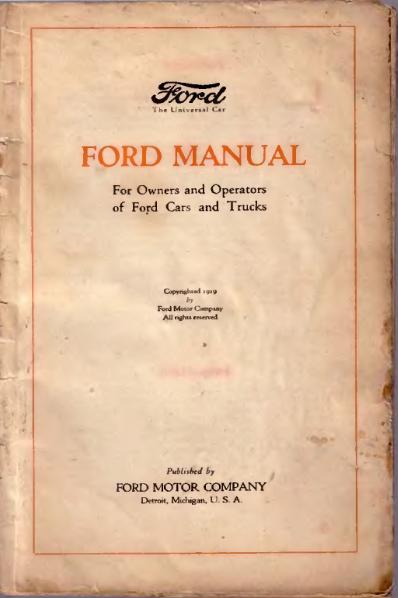 Updating the Bylaws – three words that send shivers to the soul. Leaders of entities that legally require bylaws quickly relegate the task to a committee (with a mix of appreciation and condolences) or to the organization’s attorney.
Updating the Bylaws – three words that send shivers to the soul. Leaders of entities that legally require bylaws quickly relegate the task to a committee (with a mix of appreciation and condolences) or to the organization’s attorney.
During its November meeting, Creating the Future’s board (along with participating guests Regina Birdsell, Heather Tunis and Allyson Hewitt) began what was supposed to be that very conversation about our own bylaws.
What happened instead may just pave the way for a more effective and energizing approach to this otherwise tedious task.
Starting at the Beginning
Like most start-ups, Creating the Future saw our initial bylaws as “a document to be filed to receive legal status.” Our attorney crafted pretty typical start-up bylaws – strong enough to meet minimum legal standards, and flexible enough for the organization to determine what it was going to become.
Now that our board is transitioning from a start-up board (determining culture, values, vision) to leading an organization that is about to ramp up a full range of programs around the globe, it is time to re-look at the bylaws, to be sure they fit what the board is actually doing, and how the board is actually doing it.
Using the framework of high potential causality that Creating the Future uses for all its discussions, the board was prepared to go through each section asking, “What does this section make possible, and for whom? What would this section say if we were working at our best, bringing out the best in each other and everyone else?” Through that effort, we believed we would find the highest potential for those bylaws to reflect what the board wanted to achieve for the organization.
That is, until we actually dove into that discussion, at which point we realized:
At their best, bylaws provide a framework that combines the board’s legal requirements (as a bare minimum) with the board’s practices and principles and intentions.
As such, the Bylaws have the potential to be the Operations Manual for the organization’s leadership, describing what those leaders will do, how they will do it, and within what parameters.
What that requires as a pre-requisite to discussion of bylaws, then, is that a board actually know what it will do, how it will do that, and within what parameters!
Which led to a further realization:
Without that prior discussion about the heart of a board’s work, bylaws will always be what they have been – barely pertinent legal documents that we turn to when things go wrong.
Without that context, bylaws questions (Q: “Number of board members?”) are asked and answered in a vacuum (A: Research how many board members are effective for an organization of our size) instead of asking, “What will it take for our board to accomplish what we have committed to hold ourselves accountable for?”
Starting at the Beginning. Again.
And so, at its November meeting, our board stepped back to answer this question:
What is the highest potential of this board?
The answer that quickly arose would likely resonate with both community benefit and private benefit boards alike:
At its highest potential, Creating the Future’s board is a group of individuals holding themselves accountable for accomplishing the mission, within the guidelines of our values, towards our ultimate vision.
Accountability then begs the questions “For what?” and “To whom?”
We had already stated the answer to “For what”: Accomplishing the mission, within the guidelines of the values, towards our ultimate vision. Everyone in attendance rallied around the image of the board as the keepers / stewards of the organization’s vision, values and mission.
So, then, to whom is the board accountable?
Participants from Twitter suggested “the members.” With no legal “members” of the organization (per our existing bylaws), that quickly became “accountability to the moral ownership of the organization,” which is to say, accountability to the community. Accountability to the people who participate in the work and who benefit from it. Accountability to each other.
Allyson Hewitt suggested that the board is accountable to “those who show up,” whether those people show up in person, online, in the community we are co-creating, or wherever. That felt right, reflecting the value Creating the Future places on trusting “the wisdom in the room” and bringing out the best in each other.
What Will It Take?
We know from working with Creating the Future’s causality framework that the work will now flow smoothly, as we take mindful time to consider…
• What will it take for our board to hold itself accountable to those who show up?
• What will it take for the board to hold itself accountable for accomplishing the mission?
• What will it take for the board to hold itself accountable for ensuring we are reflecting our values and vision in our work?
The result of this effort will truly describe what the board will do, how it will do that, and within what parameters.
Instead of considering bylaws requirements in a vacuum, we will be creating a living document that reflects what our board is all about, a true operations manual for our board.
That document will clearly tell the story of what this board holds important, so that anyone reading will know what we do, how we do it, within what moral guidelines, and most importantly, why.
Stay tuned to join this ongoing conversation by watching / being part of our board meetings. Subscribe to our Walking the Talk blog to be notified of upcoming meetings!
Photo credit: Thanks to the Ford Motor Company via Wikimedia Commons for the image of the manual from – yes – 1919. Click through to read the whole manual!
